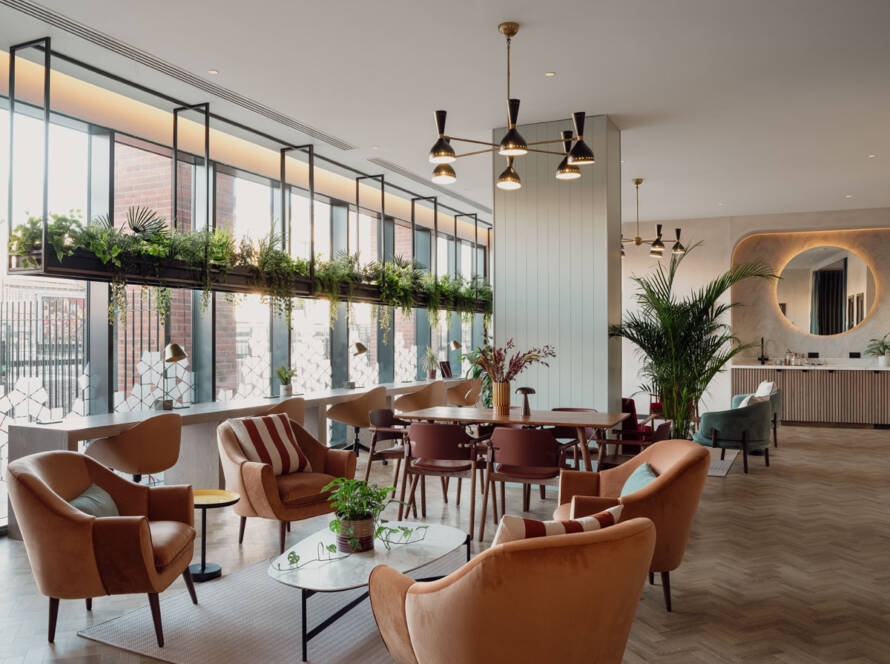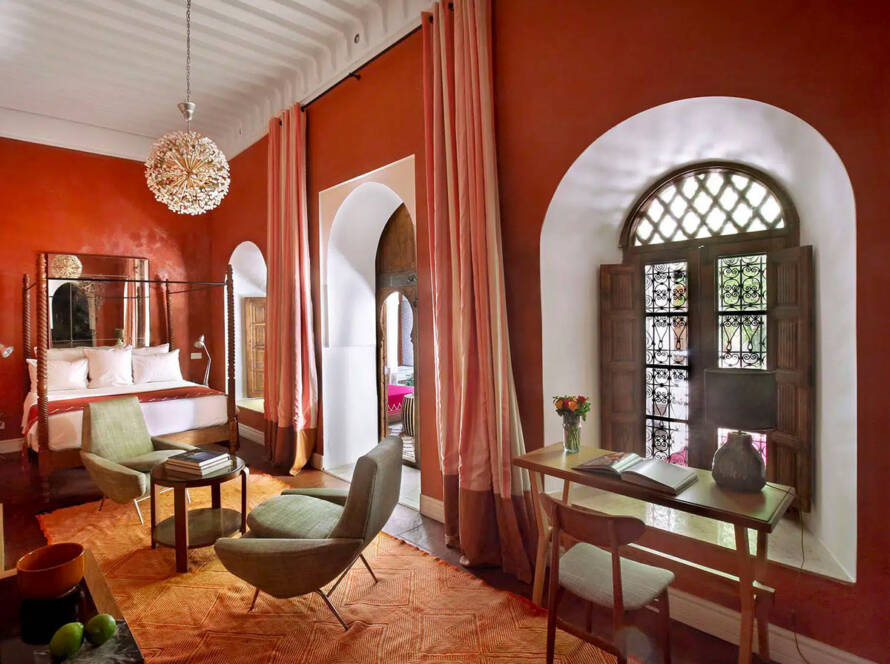At TEN, our design ethos is shaped by the vibrant pulse of the world’s most influential cities—from Milan and London to Dubai and Riyadh. With an international team immersed in the cutting edge of global design, we’re constantly tracking the trends that are redefining how we live, work, and experience spaces. Whether it’s a luxury hotel in the Middle East, a high-end residential scheme in Europe, or a forward-thinking commercial space, we’re always looking for innovative, creative solutions to bring into our projects. In this blog post, we share the 8 top interior design trends we’re seeing across hospitality, residential, and commercial sectors around the globe. From emerging colour palettes and tactile fabrics to wellness-focused design, new materials, and smart technologies, we explore how these elements are coming together to shape the aesthetics—and functionality—of interior spaces in 2025 and beyond.
1. Colour Trends
Pantone named its Colour of the Year 2025 as Mocha Mousse. This is a subdued brown hue, a warm and rich colour. This colour can stand alone or serve as a versatile foundation, enhancing a wide range of palettes.

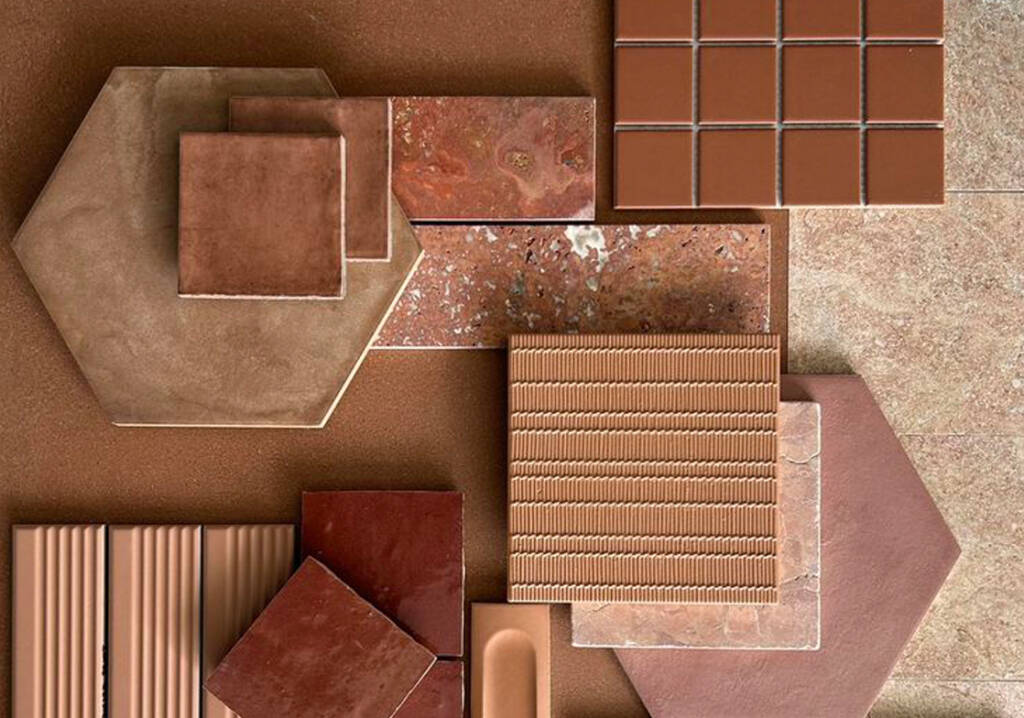
2. Boucle Fabrics
Boucle fabrics have made a strong comeback in recent years and is expected to continue thriving in 2025. One of the main reasons bouclé is trending is its luxurious and tactile quality. The loops and texture of the fabric provide a comforting and inviting feeling. In an age where people are craving sensory experiences, bouclé provides the perfect combination of visual interest and physical comfort.
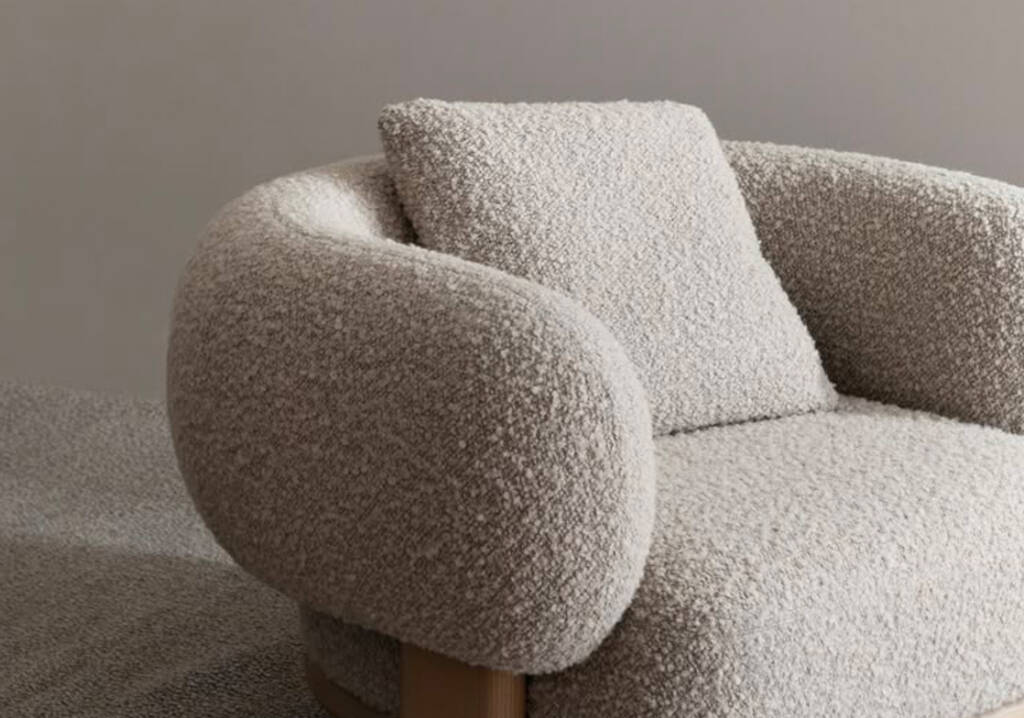
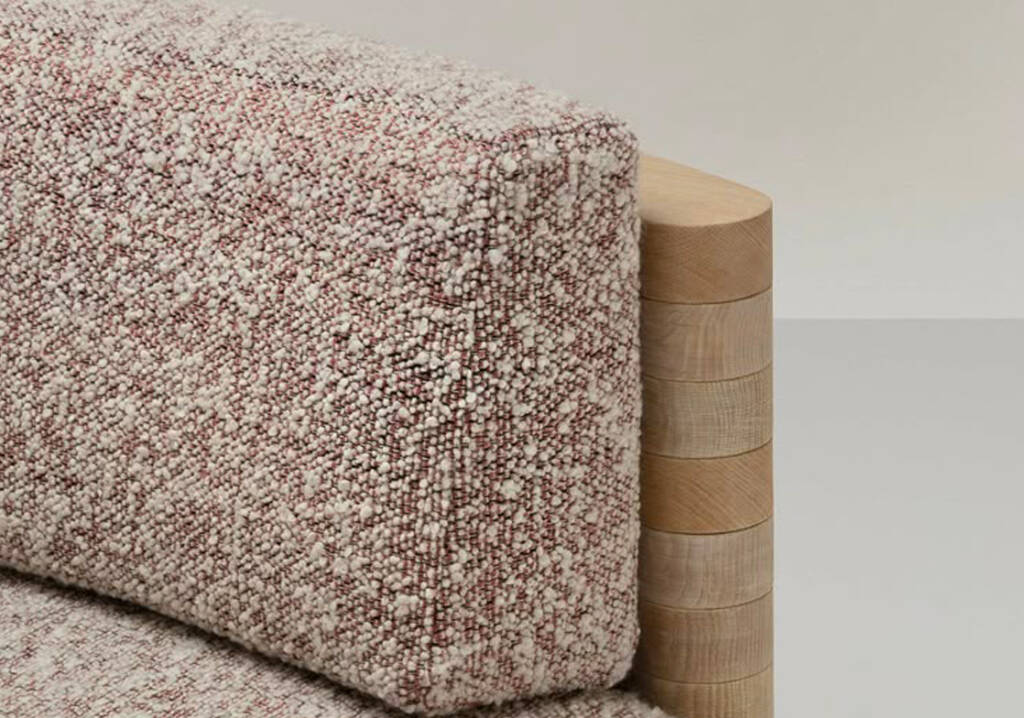
3. Curved and organic forms
The trend for circles, curves, and organic forms in interior design evoke a sense of softness, comfort, and fluidity that contrasts with the sharp, angular lines that have dominated much of modern design in the past. The shift towards more rounded, flowing elements speaks to our increasing desire for calm, balance, and emotional connection in the spaces we inhabit. With the rise of wellness and mindfulness as lifestyle priorities, spaces that prioritize comfort and calm are increasingly desired. Curves and organic forms contribute to creating tranquil, nurturing spaces that foster relaxation and well-being.
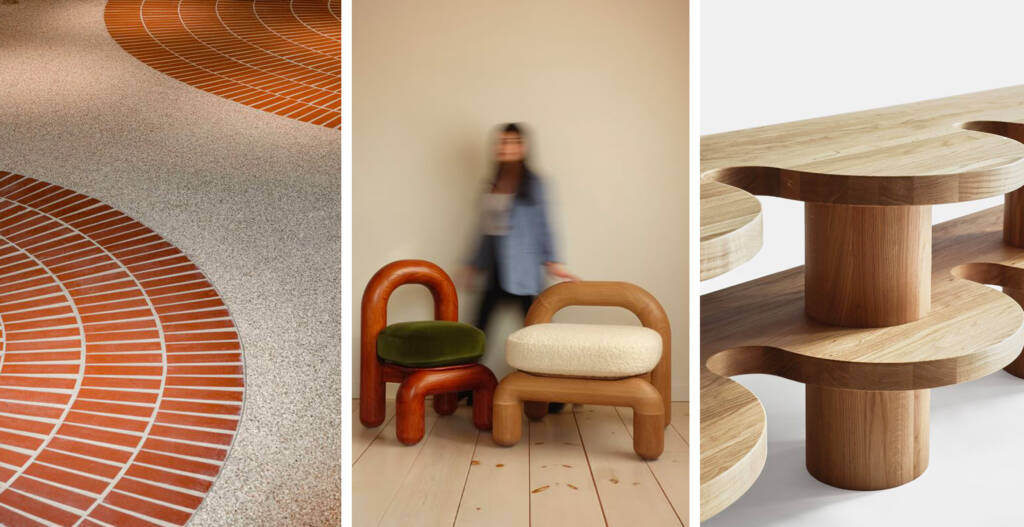
4. The Role of Health, Wellness & Biophillia
The concepts of health-focused design and biophilic design are intertwined, with both trends aiming to create spaces that enhance overall well-being by connecting people to the natural world. In 2025, these trends are predicted to grow significantly as part of the broader movement toward holistic design and wellness spaces. Expect to see wood paneling, stone countertops, and woven fabrics incorporated into homes and commercial environments. Materials that are sustainably sourced, such as reclaimed wood or recycled stone, will also be a significant part of this trend, aligning with the growing desire for eco-friendly and sustainable design.
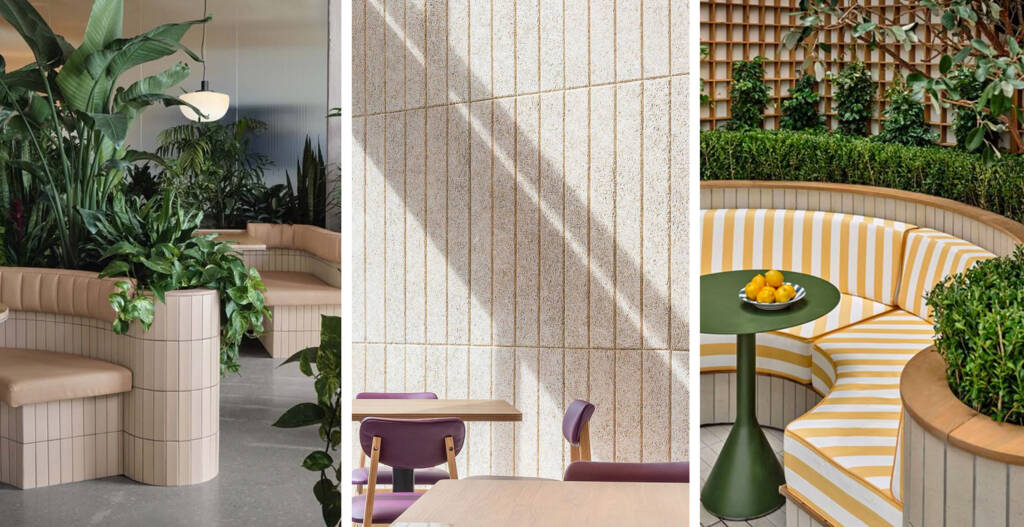
5. Looking to Retro Futurism
This trend draws inspiration from the mid-20th century’s optimistic views of the future, especially during the 1960s and 1970s, when society imagined a world filled with advanced technology, space exploration, and sleek, cutting-edge design. In the present day, we are living through a period of rapid technological progress, with advancements in AI, space exploration, and sustainable technologies. Retro-futurism taps into this cultural nostalgia for mid-20th-century visions of the future, while simultaneously reflecting our current-day fascination with cutting-edge technology. In times of uncertainty and global challenges, there is a growing desire for escapism through design. The bold, utopian visions of the past offer a sense of hope, nostalgia, and creativity that is both comforting
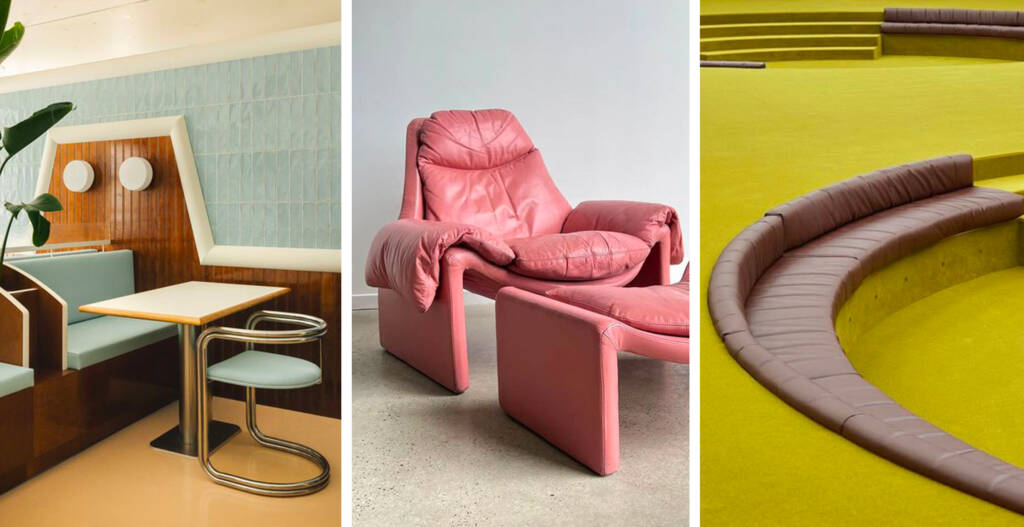
6. The glossier, the better
Linked to retro-futurism, glossy finishes are synonymous with a futuristic and technological aesthetic. In the context of retro- futurism, glossy elements evoke an air of space-age, optimistic futurism, reminiscent of the 1960s vision of the future. Glossy surfaces help amplify light, making rooms appear larger, more open, and airy.

7. The resurgence of glass finishes
One of the standout features of glass is its ability to enhance light flow within a room. Glass finishes reflect and transmit light, making rooms appear larger, brighter, and more open. In line with other futuristic trends, glass is increasingly used in high- tech applications. The material reflects the growing interest in space-age, high-tech interiors and contributes to designs that feel sleek, modern, and forward-thinking.
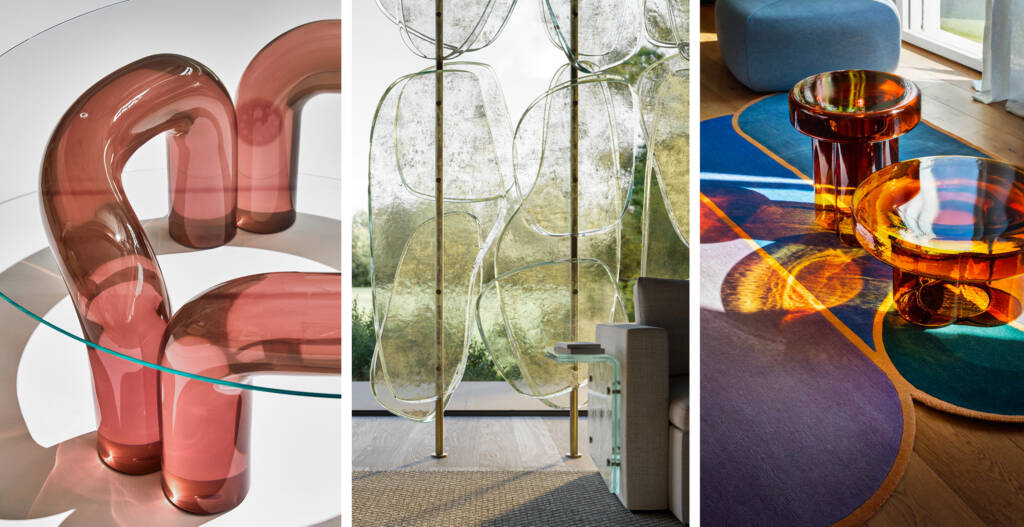
8. Connected Worlds
The theme of Fuorisalone (Milan Design Week) 2025 is “Connected Worlds”, it stems from a key question - Can design bridge the different dimensions of our lives—linking nature, technology, and cultural heritage? “Connected Worlds” promotes a sense of global unity, centered on three topics that explore the relationship between people, technology and nature. Communication unfolds in a circular way: how humans create technology - how technology influences nature - how nature, in turn, shapes human life. This year’s Fuorisalone reinterprets the Connected Worlds theme through artificial intelligence, shared experiences, and sustainability. Across the city, installations will explore the intersection of materials research, new ways of living, participatory design and the blending of the physical and the digital.
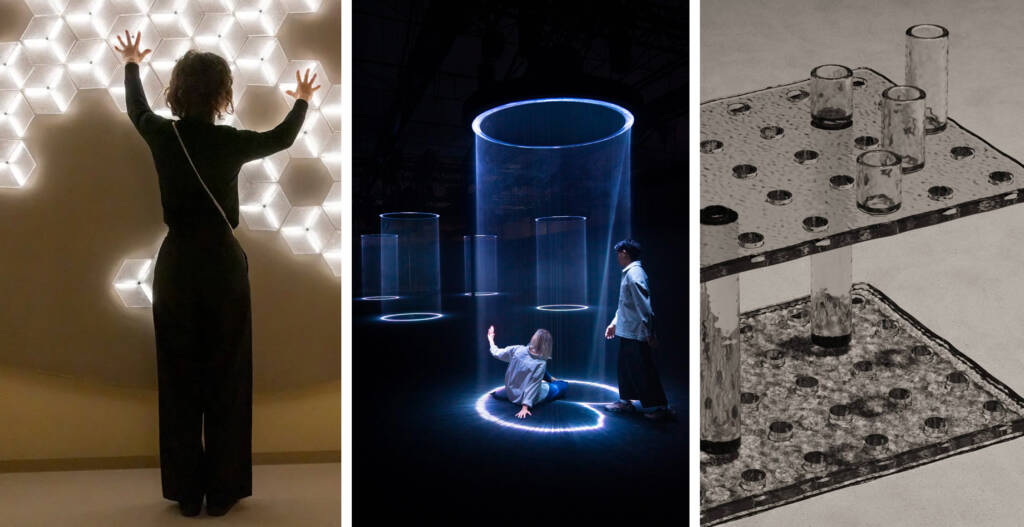
Where to from here?
Interior design trends are shaped by our ever-evolving lifestyles - largely initiated by advancements in technology, new discoveries about our impact on the planet and the exploration of both old and new mediums of interior design. For monthly design inspiration and trend forecasts, sign up to our newsletter.


